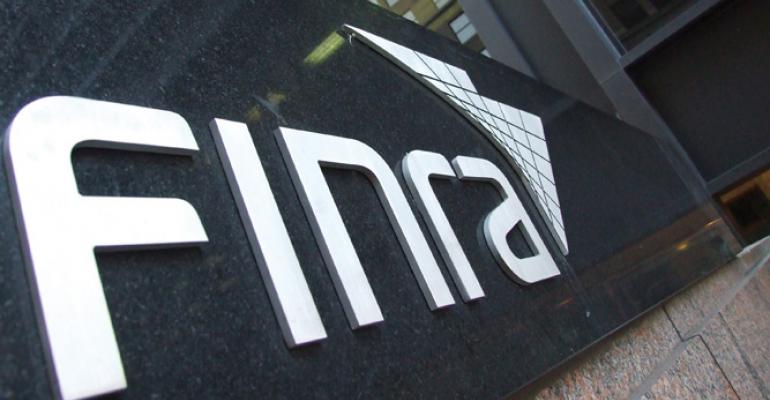FINRA-registered firms had a “persistent and high level of non-compliance” following rules for communications related to crypto assets, according to a preliminary analysis of results from a targeted exam.
Ira Gluck, a senior director with FINRA’s Advertising Regulation Department, unveiled the findings at the self-regulator’s annual conference in Washington, D.C. last week.
Examiners found crypto asset communications were non-compliant at four times the rate of other products. And Gluck said the violations weren’t small potatoes.
“The majority of communications don’t comply with applicable rules in some substantive way,” he said. “These are not foot faults; these are not minor violations.”
FINRA announced the targeted exam in November, with reviewed dates from July 1 to the end of September 2022. Examiners asked firms for all retail communications made by it or its affiliates relating to crypto assets or services for transmitting or holding an asset, and related policies and procedures, among other documents.
FINRA reviewed about 500 communications, with many firms falling short in not providing disclosures as to whether a product was covered under federal securities laws, falsely identifying themselves as offering the crypto asset, and failing to balance the risk associated with crypto.
But Gluck said there were also “fairly egregious examples,” including communications comparing crypto to traditional banking products in a misleading way, and ones calling crypto asset investments “safe and protected.” Some communications also intimated that the firms’ registration status conferred a greater measure of safety when investing in a crypto asset.
FINRA’s next steps would depend on what the rest of the analysis finds, though it could lead to interpretive guidance, rulemaking and for serious violations, enforcement referrals. But Acting Enforcement Director Chris Kelly clarified FINRA enforcers wouldn’t wade into contentious debates about whether a crypto asset is a security.
“We’ll wait for decisions to be made by Congress, the SEC and other regulators,” he said. “I don’t think you’ll see cutting-edge enforcement actions where we opine on whether a particular crypto asset is a security or not and bring action in that space.”
The regulator also recently approved the first special purpose broker/dealer to provide custodial services for digital assets (in this case, the b/d is ‘special purpose’ because its business is limited to crypto asset securities). The approval was announced at the conference, though regulators didn’t provide the name of the firm.
To date, nine firms have been approved to participate in the private placement of crypto asset securities, while nine others can operate alternative trading systems where crypto asset securities can be traded, while seven other firms were approved for both. Jason Foye, the senior director for FINRA’s Special Investigations Unit, wondered if the approval would be an “inflection point” for the industry.
“Now that one’s been approved to provide custodial services, do we see more applications in this space?” he asked. “And from what type of parties are we seeing those applications?”
FINRA staff also detailed the regulator’s “Crypto Hub,” which was established in October of last year but was revealed during the conference by FINRA President Robert Cook.
The hub includes members from 26 different FINRA departments, and runs risk-based exams and investigation of firms with crypto asset business, among other tasks. Shortly after the hub was created, FINRA formed the Crypto Asset Investigation Team and Blockchain Lab in late 2022, with six and five members of each team, respectively.
Michael Oh, the head of the Blockchain Lab, said the crypto markets were around $1.1 trillion, from a high of $3 trillion in late 2021 and $800 billion late last year. It’s rebounded slightly, but remains endangered, Oh said, especially in the wake of the turmoil in the banking system.
“What are the knock-on effects if major banking partners have disappeared, and where do we go from here in terms of restoring public trust?” he asked. “That’s where meaningful regulation can help restore that trust and public confidence."

